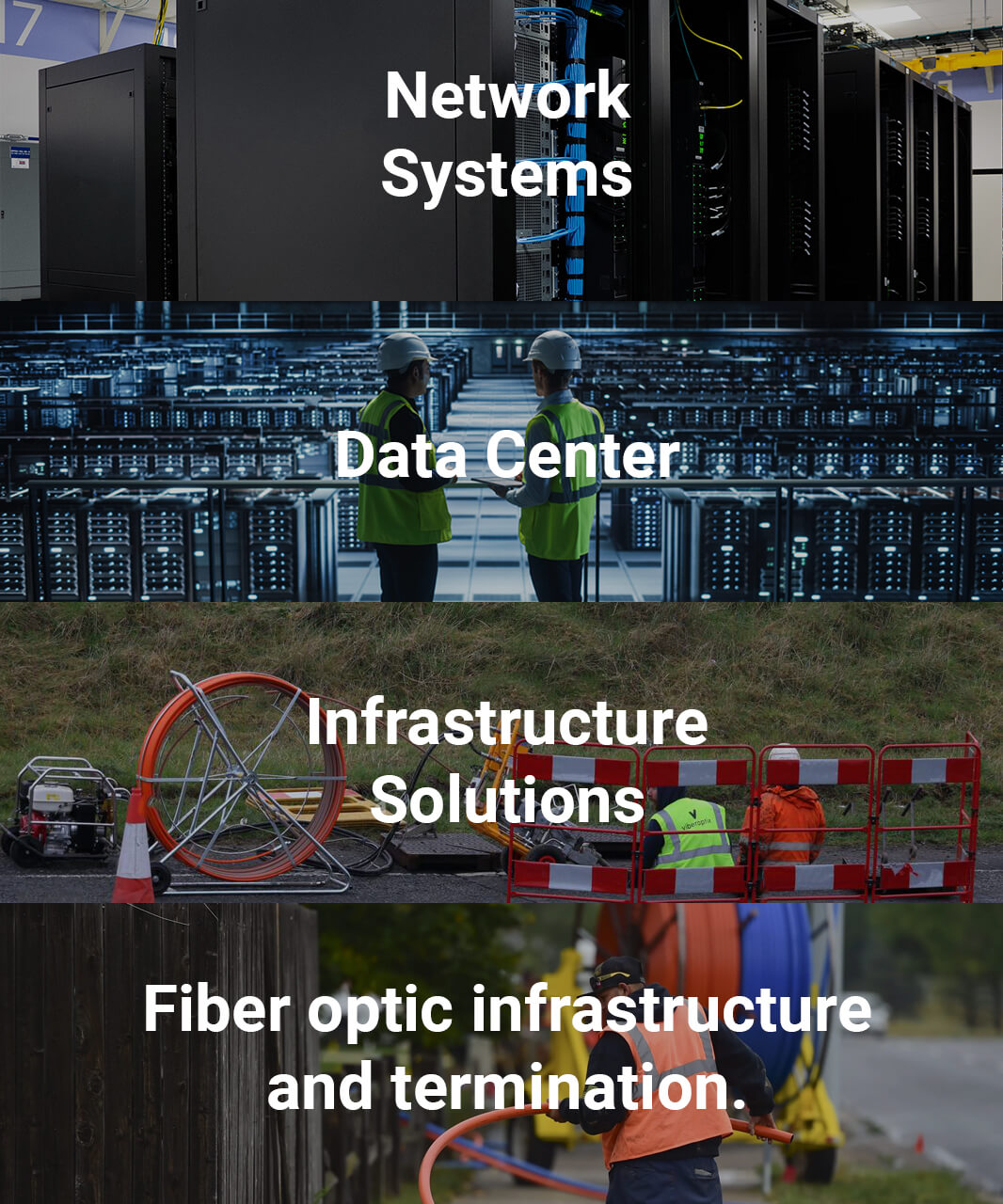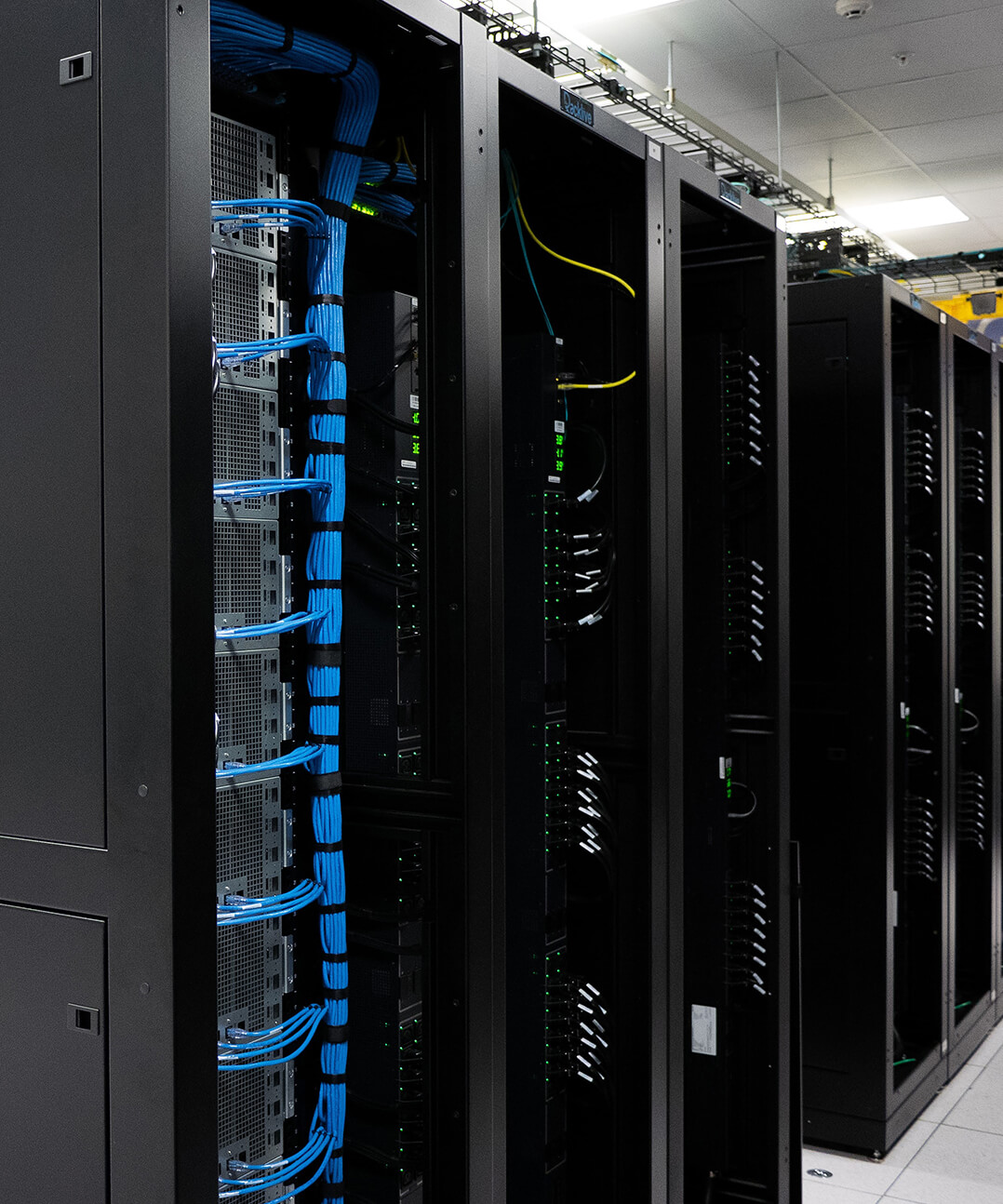Structural Cabling involves the systematic placement and management of cables used to organize and connect the data and communication infrastructure within a building. This system strengthens communication within the building by supporting various communication needs such as computer networks, telephone lines, and audio-visual systems.
Purpose and Importance of Structural Cabling
The fundamental purpose of structural cabling is to establish a well-organized, scalable, and reliable communication infrastructure within a building. This is crucial to meet various communication needs and adapt to future technological changes. Structural cabling achieves the following important objectives:
Organization and Easy Accessibility: Structural cabling ensures easy access for maintenance and interventions by placing cables in an organized manner, speeding up troubleshooting processes.
High-Performance Data Transfer: Well-planned structural cabling enables high-speed, low-latency data transfer, enhancing network performance.
Scalability: Structural cabling provides the flexibility to quickly adapt to growing communication needs. The infrastructure can be easily expanded as new devices and applications are added.
Reliability and Compliance: When structural cabling is done in accordance with standards such as TIA/EIA-568, it ensures compatibility and reliability between systems.
History of Structural Cabling
Structural cabling has evolved along with communication needs and technological advancements. Initially, cables used for communication within buildings were simpler and tailored to specific needs. However, the data transmission requirements that emerged in the 1980s necessitated a more complex and standardized approach.
Today, structural cabling is a continuously evolving field, adapting to higher bandwidths and transmission speeds with innovative solutions such as fiber optic technology.
Why Choose Structural Cabling?
The rapid advancement of technology and the continuous growth of businesses increase the importance of a reliable communication infrastructure. At this point, structural cabling systems come into play and offer many advantages. Why should businesses choose structural cabling systems?
1. Organization and Easy Accessibility:
Structural cabling ensures the orderly placement of cables, allowing for easy access during maintenance and interventions. This speeds up troubleshooting processes and increases efficiency.
2. High-Performance Data Transfer:
Advanced technology requirements necessitate high-performance data transfer. Structural cabling supports low-latency and high-speed data transfer, enhancing a business's competitive advantage.
3. Scalability:
The continuous growth trend of businesses requires scalable communication infrastructure. Structural cabling provides an easily expandable infrastructure, allowing quick integration of new devices and applications.
4. Reliability and Compliance:
When done in accordance with standards, structural cabling ensures compatibility and reliability. In addition to compliance with standards, structural cabling establishes a reliable foundation for uninterrupted communication.
5. Cost-Effectiveness:
In the long term, structural cabling is a cost-effective solution. Regular maintenance and easy expandability increase the long-term return on investment for businesses.
6. Adaptation to Technological Advances:
Structural cabling can adapt to continuously evolving technology. Innovative solutions such as fiber optic technology prepare the communication infrastructure for future technological changes.
Structural cabling is an indispensable element for modern businesses to meet communication needs and gain a competitive advantage. For businesses aiming to establish a reliable, scalable, organized, and cost-effective communication infrastructure, structural cabling is the right choice.












